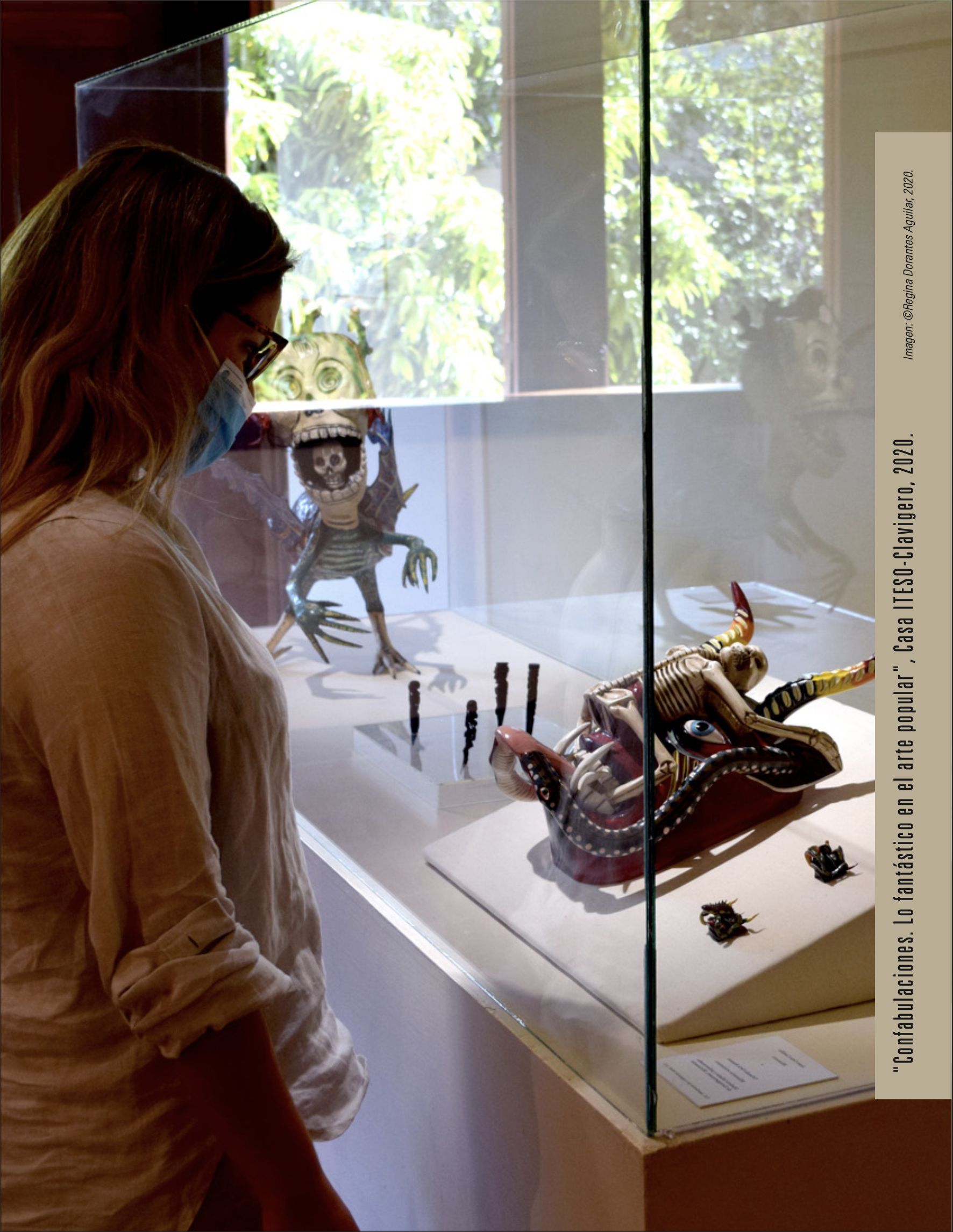Patrimonio cultural y virtualidad en los museos: apuntes de una reflexión en tiempos de COVID-19

Published 2021-07-08
Keywords
- museums,
- cultural heritage,
- virtual media,
- intersectional perspective,
- COVID-19
- democratization,
- inclusion,
- diversity,
- identity ...More
How to Cite
Abstract
The review of the concept of cultural heritage and museum institutions constitutes the basis for the reflections presented here. For this reason, it has been necessary to address some historical-cultural references that bring us closer to their understanding by treating some practical attitudes adopted by cultural institutions from confinement to control COVID-19 infections. The trajectory of the processes of patrimonialization of cultural assets delineate the current cultural sector affected by the health crisis, which requires adaptation strategies that respond to the needs of a society temporarily subordinate to virtual media. The discussion about how accessible electronic media is is carried out through an approach to democratization, inclusion, polyphony and intersectionality that questions the effectiveness of the dynamics of information compatibility and recognition of communities and individuals that cultural institutions are applying. The current moment opens the opportunity to propose some ideas aimed at the participation of the public-user in the construction of museological discourses and the search for new exhibition spaces that represent, for example, interesting alternatives that involve the participation of various social actors in the face of new dynamics of adaptation, communication and understanding.
Downloads
References
- Alonso Fernández, Luis (1999) “Memoria, interpretación y relato. Pasado y evolución del museo”, en Luis Alonso Fernández, Museología y museografía, Barcelona, Ediciones del Serbal, pp. 41-63.
- Cama, Jaime (2011) ¿Qué es restaurar?, Guadalajara, ECRO/El lepisma lector.
- Crenshaw, Kimberle (1991) “Mapping the margins: Intersectionality, identity politics, and violence against women of color”, Stanford Law Review, 43 (6): 1241-1299.?Fossaert, Robert (1994) “Múltiples mundos antiguos (De los orígenes al siglo XVIII)”, en El mundo en el siglo XXI. Una teoría de los sistemas mundiales, México, Siglo XXI editores, pp. 17-34.
- Giménez Montiel, Gilberto (1987) “La problemática de la cultura en las ciencias sociales”, en La teoría y el análisis de la cultura, México, Consejo Mexicano de Ciencias Sociales, pp. 15-72.
- ICOM (2007) Estatutos adoptados en la 22o Asamblea General del ICOM [pdf], disponible en:
- museum/wp-content/uploads/2018/07/ICOMs-Resolutions_2007_Esp.pdf> [consultado el 10 de julio de 2020].
- ICOM (2019) El ICOM anuncia la definición alternativa del museo que se someterá a votación [en línea] (25 de julio de 2019), disponible en: <https://icom.museum/es/news/el-icom-anuncia-la-definicion-alternativa-del-museo-que-se-sometera-a-votacion/> [consultado el 10 de julio de 2020].
- Maleuvre, Didier (2013) Memorias del museo. Historia, tecnología, arte, Murcia, Centro de Documentación y Estudios Avanzados en Arte Contemporáneo.
- Páez-Kano, Rubén y Gutiérrez Arizpe, Dajanetzin (2019) ¿Qué, quién o quienes decide qué es patrimonio cultural? [video en línea], disponible en: https://drive.google.com/file/d/1dHN20eNHoXoHOoz0MMqPbBQuLGlWug7f/view> [consultado el 10 de julio de 2020].
- Wallerstein, Immanuel (2005) Análisis de sistemas-mundo, México, Siglo XXI editores.
